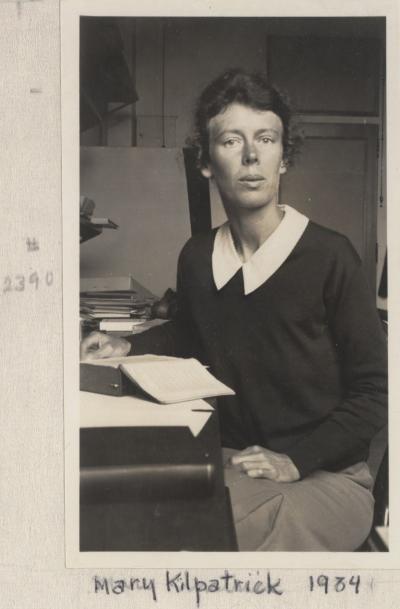Filtering by
- Creators: Arizona Board of Regents

The role that climate and environmental history may have played in influencing human evolution has been the focus of considerable interest and controversy among paleoanthropologists for decades. Prior attempts to understand the environmental history side of this equation have centered around the study of outcrop sediments and fossils adjacent to where fossil hominins (ancestors or close relatives of modern humans) are found, or from the study of deep sea drill cores. However, outcrop sediments are often highly weathered and thus are unsuitable for some types of paleoclimatic records, and deep sea core records come from long distances away from the actual fossil and stone tool remains. The Hominin Sites and Paleolakes Drilling Project (HSPDP) was developed to address these issues. The project has focused its efforts on the eastern African Rift Valley, where much of the evidence for early hominins has been recovered. We have collected about 2 km of sediment drill core from six basins in Kenya and Ethiopia, in lake deposits immediately adjacent to important fossil hominin and archaeological sites. Collectively these cores cover in time many of the key transitions and critical intervals in human evolutionary history over the last 4 Ma, such as the earliest stone tools, the origin of our own genus Homo, and the earliest anatomically modern Homo sapiens. Here we document the initial field, physical property, and core description results of the 2012–2014 HSPDP coring campaign.








Human Papillomavirus, or HPV, is a viral pathogen that most commonly spreads through sexual contact. HPV strains 6 and 11 normally cause genital warts, while HPV strains 16 and 18 commonly cause cervical cancer, which causes cancerous cells to spread in the cervix. Physicians can detect those HPV strains, using a Pap smear, which is a diagnostic test that collects cells from the female cervix.
Johann Gregor Mendel studied patterns of trait inheritance in plants during the nineteenth century. Mendel, an Augustinian monk, conducted experiments on pea plants at St. Thomas’ Abbey in what is now Brno, Czech Republic. Twentieth century scientists used Mendel’s recorded observations to create theories about genetics.